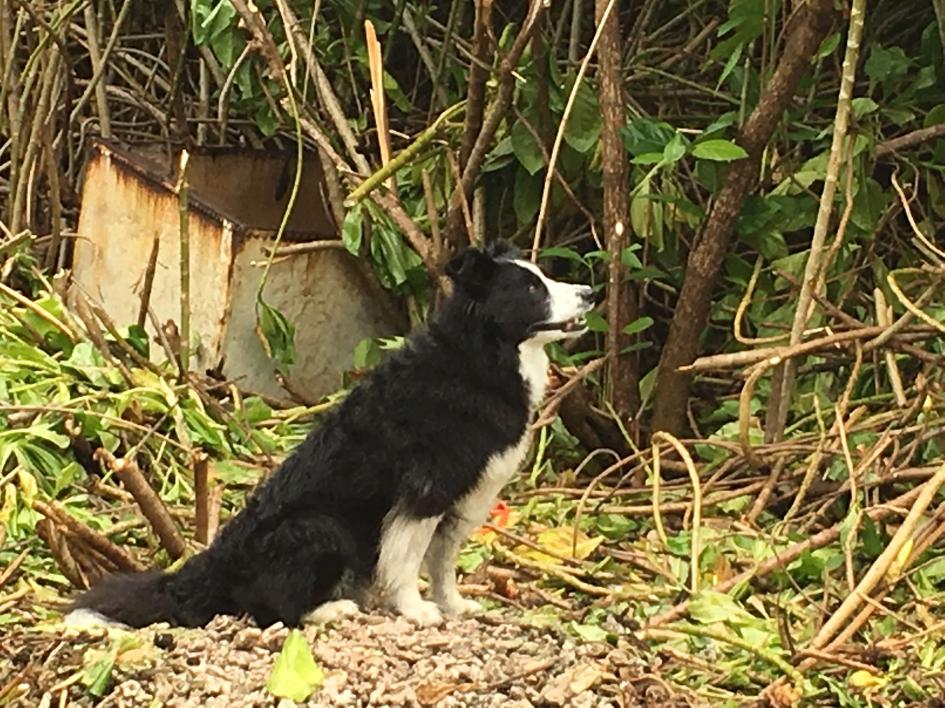
PHOTO: nationalgeographic.com
It’s been a mystery that has confounded history enthusiasts for years.
What happened to Amelia Earhart?
This month, on the 80th anniversary of her disappearance, we may be one step closer to uncovering the truth.
Amelia Earhart disappeared on July 2nd of 1937, when she attempted to become the first woman to fly around the world. It’s been eighty years since that fateful day, and researchers may have found a tangible clue as to where she went.
Earhart and her navigator, Fred Noonan, were on their way to Howland Island when their last confirmed radio transmission was heard. One group of faithful researchers with The International Group for Historic Aircraft Recovery (TIGHAR) believe they may know where the pair went after their last transmission was sent. They believe that Earhart and Noonan ended up on the remote Pacific Island of Nikumaroro, 350 nautical miles southwest of Howland Island.
Their theory is that the pair wound up here after they couldn’t find Howland.
Why?
Well, in 1940 (just three years after Earhart’s disappearance), a British official visited a site on Nikumaroro called the “Seven Site”, and reported that he had found human bones beneath a ren tree.
In 2001, TIGHAR decided to investigate. They sent a team of researchers to the Seven Site, and those researchers uncovered some pretty strong evidence that an American castaway of some kind did, in fact, inhabit the island at some point in the recent past. They unearthed U.S.-made glass jars, a jacknife, a woman’s compact, and a zipper pull, as well as campfire remains in several excavations. It isn’t conclusive evidence, but this year TIGHAR sent another expedition to try again.
This time, they brought forensic dogs with them.
The Ren Tree

PHOTO: nationalgeographic.com
Forensic dogs can detect traces of human remains long after they have decomposed. The team brought them along in hopes of finding some traces of a body, if it exists, so they can collect samples to send back to their lab to test for DNA. If they can find any, the DNA will be the final proof they need of whether or not their theory about Earhart’s disappearance is correct.
“Extraordinary claims require extraordinary proof, like a bone or DNA,” – Andrew McKenna, TIGHAR researcher.
Just minutes after being brought onto the Seven Site, the dogs began to pick up the scent. Two of them made a beeline for the ren tree and alerted their handler. They’d found something. The next day, two other dogs were brought in. Both dogs alerted their handler to the same spot beneath the ren tree. The researchers decided to start excavating. Someone had died beneath that tree. They wanted to find out who.
Perhaps it was Fred Noonan.
Perhaps it was even Amelia Earhart herself.
The excavation began in earnest on July 2nd, the 80th anniversary of Amelia Earhart’s mysterious disappearance. They had a deadline, though. The group had to leave the island on July 6th.
They dug for a few days, and weren’t able to find any bones. Finally, Tom King, TIGHAR’s senior archaeologist, decided to collect soil samples. Fred Hiebert, National Geographic’s archaeologist-in-residence was working with TIGHAR on the dig, and pointed out that, in one instance, DNA had been successfully extracted from soil samples from a French cave.
On their last day, the team filled five baggies with soil from around the ren tree and arranged to send it to a lab in Germany capable of extracting DNA from soil. They sent it off right away.
It’s a long shot, but when the results come in, we may finally know what happened to Amelia Earhart, 80 years after she disappeared from the Pacific.
For now, the search continues.

